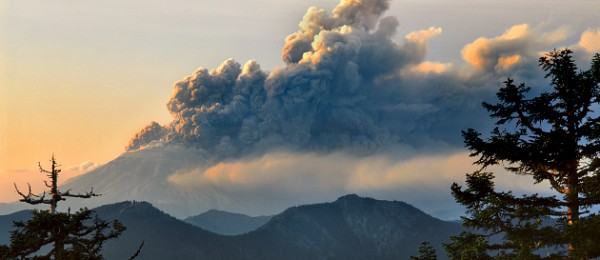
Generally, an angry volcano erupts and spews fiery lava with smoke rising upwards forming a massive mushroom cloud as if a nuclear bomb just dropped like that in Hiroshima. But Mount St. Helens is puzzling the volcanologists too much when once the volcano possesses the deadliest eruption in the American history is, a matter of fact, cold inside. It only gets its fire from someplace else.
Mount St. Helens is considered as one of the most active Cascade Arc volcanoes, which is a chain of eruptive mountains that runs in the same direction of the Cascadia subduction zone starting from northern California to British Columbia and one of the strangest as well. Most Cascade Arc notable volcanoes lie closely along a north-south line.
Juan de Fuca tectonic plate's wedging under the North American plate compels hot mantle material to surface. But Mount St. Helens' location lies to the west, a geologically dormant region known as the forearc wedge, Gizmodo stated.
"We don't have a good explanation for why that's the case," said Steve Hansen, a geoscientist at the University of New Mexico in Albuquerque.
Mount St. Helens is Washington State's volcano and is well-known for its destructive eruption in 1980 that took 57 lives as it pours magma and leveled hundreds of square miles with landslides. The volcano is still considered active; it's just that the source of its fire still remains enigmatic.
Researchers eager to solve the mystery conducted a high-resolution survey with the deployment of 900 seismographs inside the 10-mile radius of the volcano summit. This is a part of the underground mapping project known as Imaging Magma Under St. Helens, or iMUSH, according to Inverse.
The emanation of the survey directed the team to the decision that directly below the massive volcano is not hot magma but a segment of a mantle made of serpentinite which are rocks that formed during a low-temperature transformation with the addition of water.
As of the moment, Hansen along with other researchers in iMUSH is now collecting more data that will explain how Mount St. Helen could be a deadly volcano when its inside is cold as ice. Further study is needed to understand more fully about the volcano's behavior.



